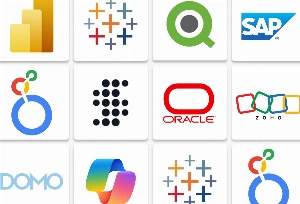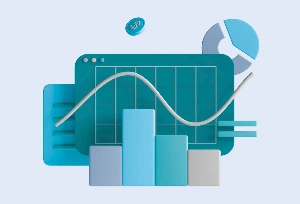As to the salary comparison, Indeed states that the average salary of a Python software developer is $62 per hour in the US, while a JavaScript developer earns $48 correspondingly.
Another data provided by StackOverflow states that Python programmers earn approximately $67,723 annually, while JavaScript developers make around $63,694.
JavaScript vs Python: Speed and Performance
The initial purpose of creating JavaScript was to make it fast on the web. Compared to Python, it’s a little bit faster since Node.js, for example, offers advanced multithreading while Python processes requests in a single flow. Apps that require real-time and dynamic interactions are more frequently built on JavaScript and the same can be said about website and ERP apps (as JS supports both domains). This means that applications like Facebook that generate big amounts of data in real time are more likely to use JavaScript so as not to make their users wait.
On the other hand, Python is a popular choice for CPU-intensive modern solutions such as a machine learning model that has to process large piles of data to solve a specific problem. Since it’s easy to code, it’s frequently used to develop large-sized applications, especially math-intensive projects. Though the Instagram server is more of an I/O than a CPU-intensive situation, it still uses Python. This proves that Python can perform very quickly if you know how to optimize it correctly (with the help of NumPy or Cython, for example).
JavaScript vs Python: Learning Curve
What’s the difference between JavaScript and Python in ease of learning?
Beginners are usually tempted to start with Python as it’s considered one of the most beginner-friendly languages, and there are a few reasons for that.
First of all, code in Python is more readable compared to other languages and contains fewer lines. Secondly, it has fewer structural rules which significantly speeds up the development process.
JavaScript is not that easy to learn and is quite difficult to debug. However, if one is acquainted with C-like languages, it will be easier to learn JavaScript as its syntax is similar to the rules of these languages.
There is a massive amount of additional resources available on the Internet in both languages. If you want to take up Python, a good idea is to check Jose Portilla’s The Python 3 BootCamp which has almost one million graduates.
JS vs Python: Web and Mobile App Development
Now, let’s discuss difference between Python and JavaScript in web and mobile development.
As it has been mentioned above, web applications developed with JavaScript are faster and handle big amounts of data and code better while Python will take longer to respond. Thanks to Node.js which supports asynchronous architecture, programmers can reach better scalability using JS.
On the other hand, Python is more used on the server side. It’s important to mention that Python has a steady environment with the following frameworks: Pyramid, Flask, and Django, using which will improve the development.
Initially, Python was not designed to develop GUI apps though with the help of such popular development frameworks as Kivy and BeeWare libraries, it’s possible to build native-looking mobile apps with Python.
Though JavaScript is the primary language for development and management of websites, it’s also frequently used for mobile development. A big drawback of JS for mobile is that neither IOS nor Android runs native apps written with it.
JS vs Python: Scalability
When it comes to discussing JavaScript and Python difference in scalability, both Python and JavaScript have their strengths, but they shine in different areas.
JavaScript is often considered more scalable for web applications. It’s the go-to front-end language and, with the help of Node.js, it's also powerful on the server side. JavaScript can handle a lot of simultaneous connections, making it ideal for real-time apps like chats or online games. Plus, it's supported by a huge ecosystem of powerful tools and robust libraries that make it easier to build large-scale web apps. 
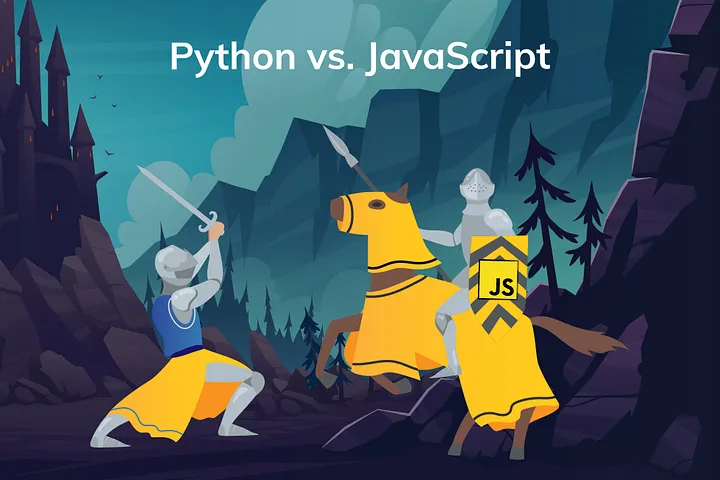


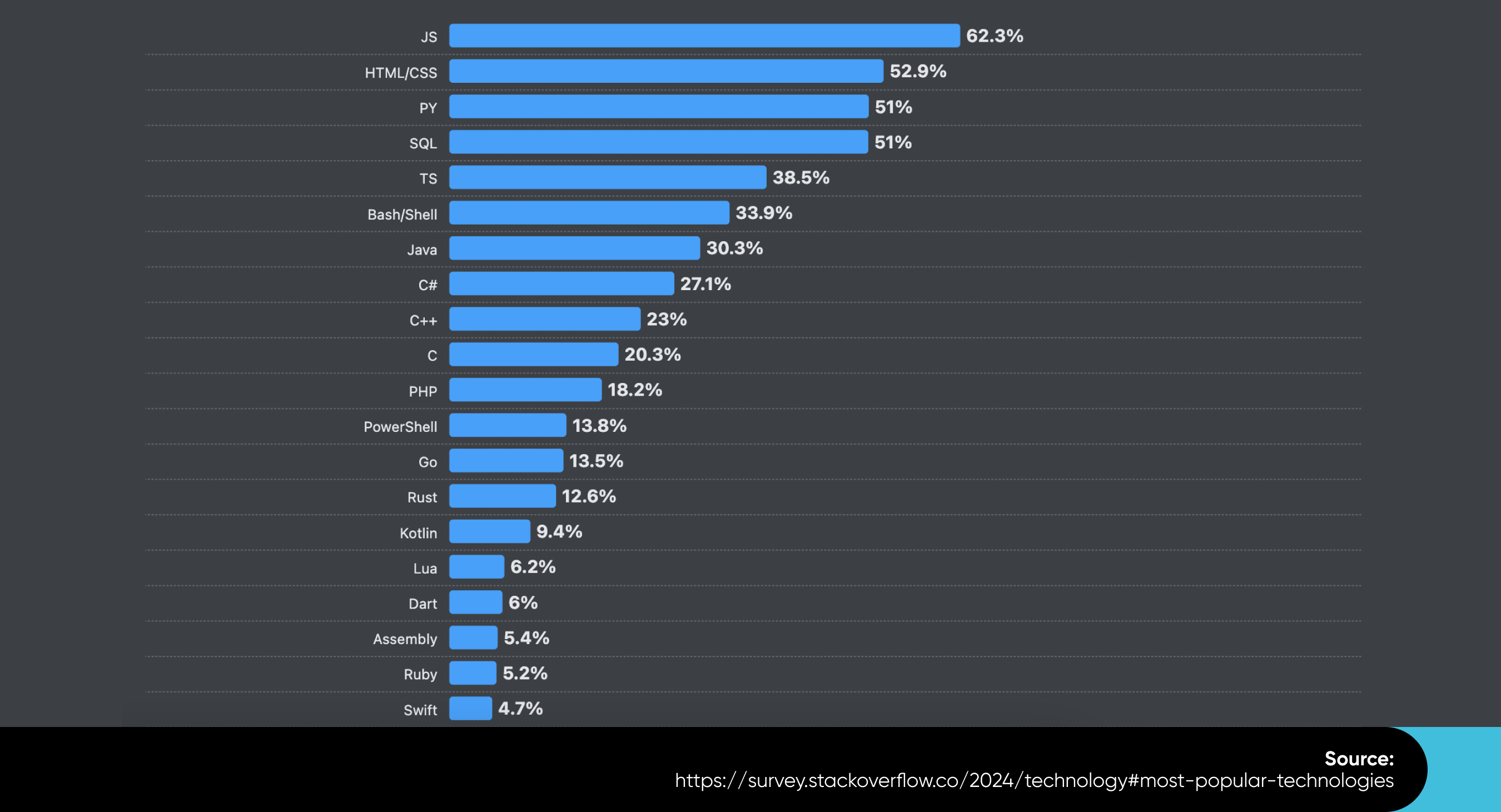
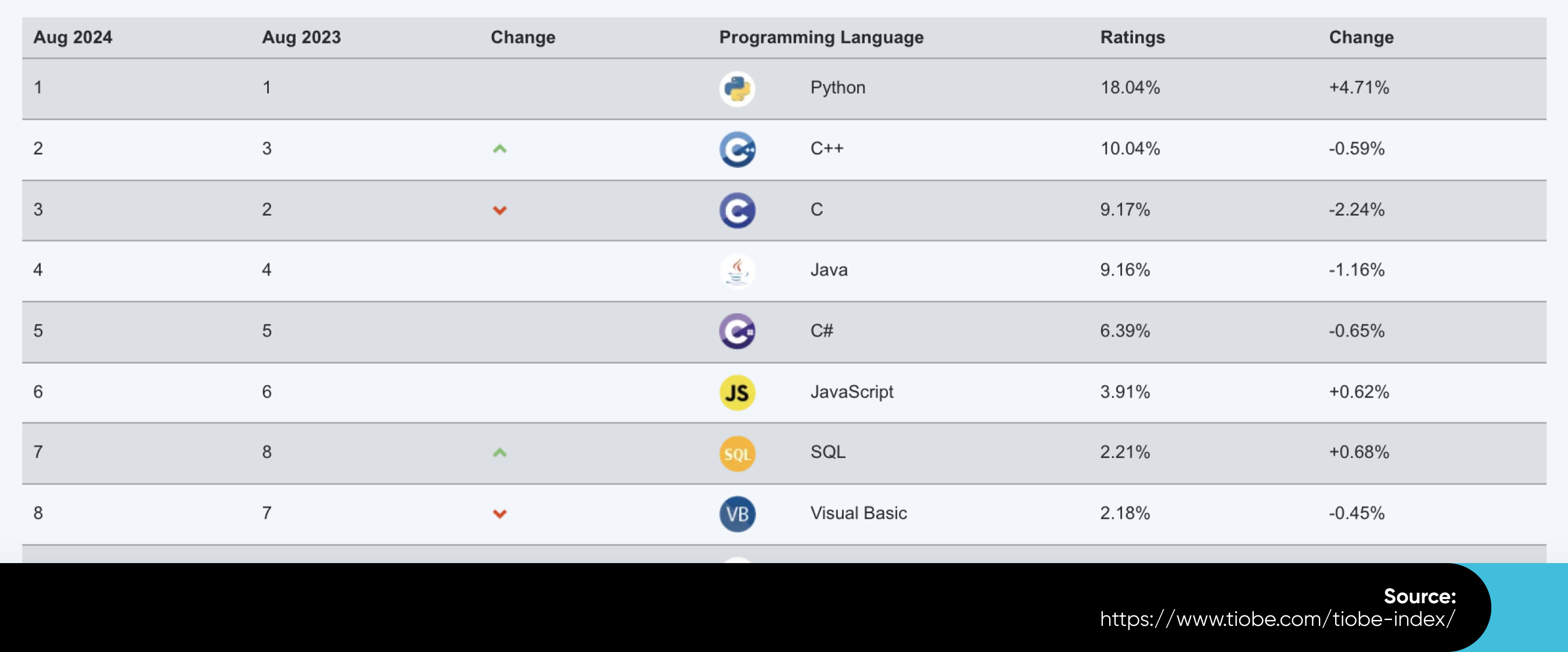
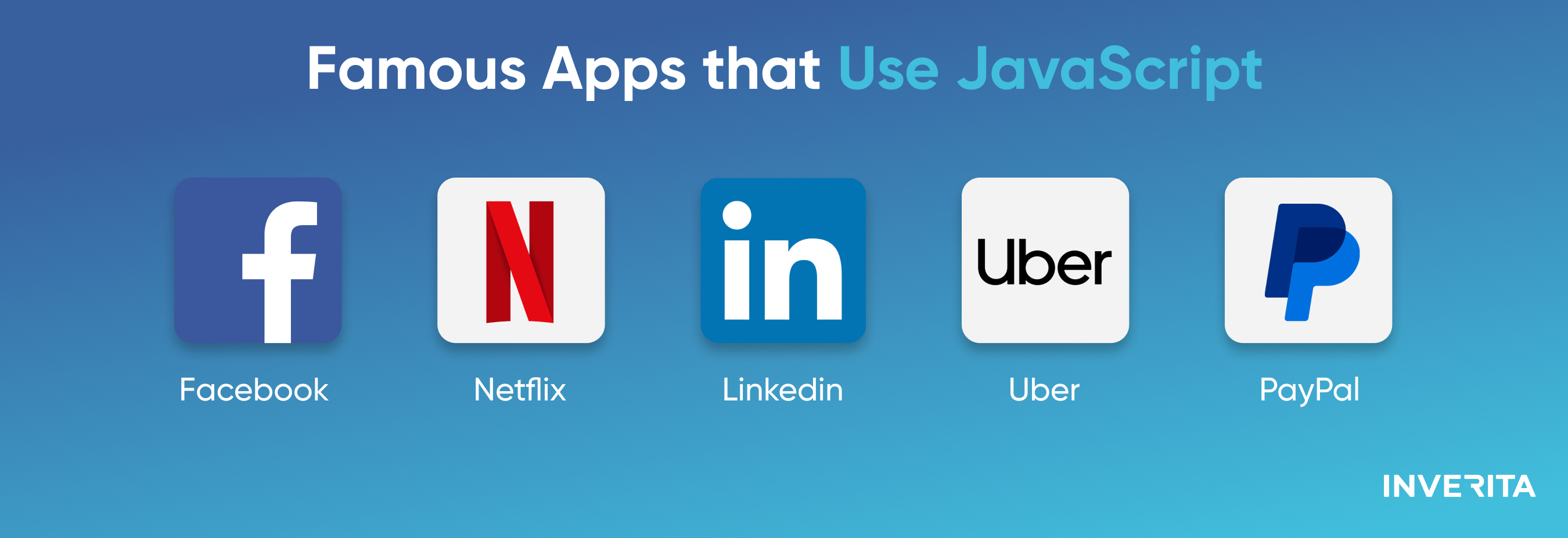

_1764586939-small.webp)
